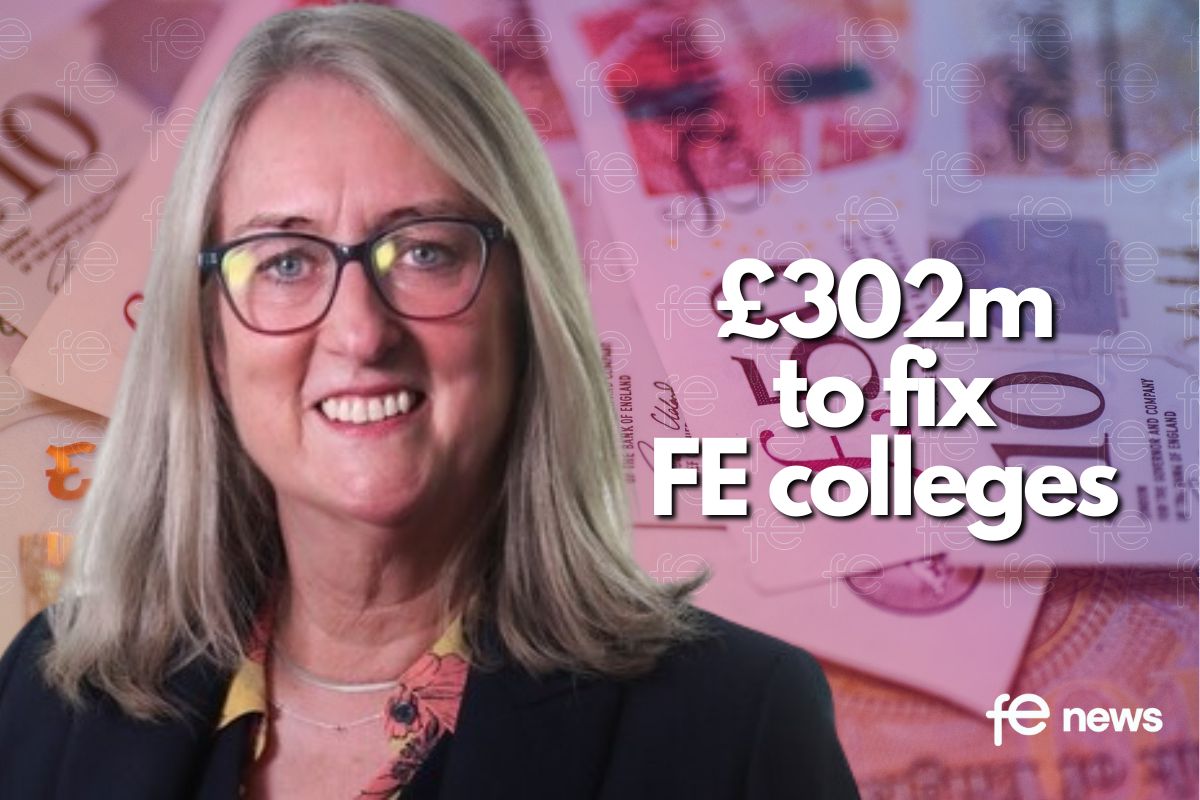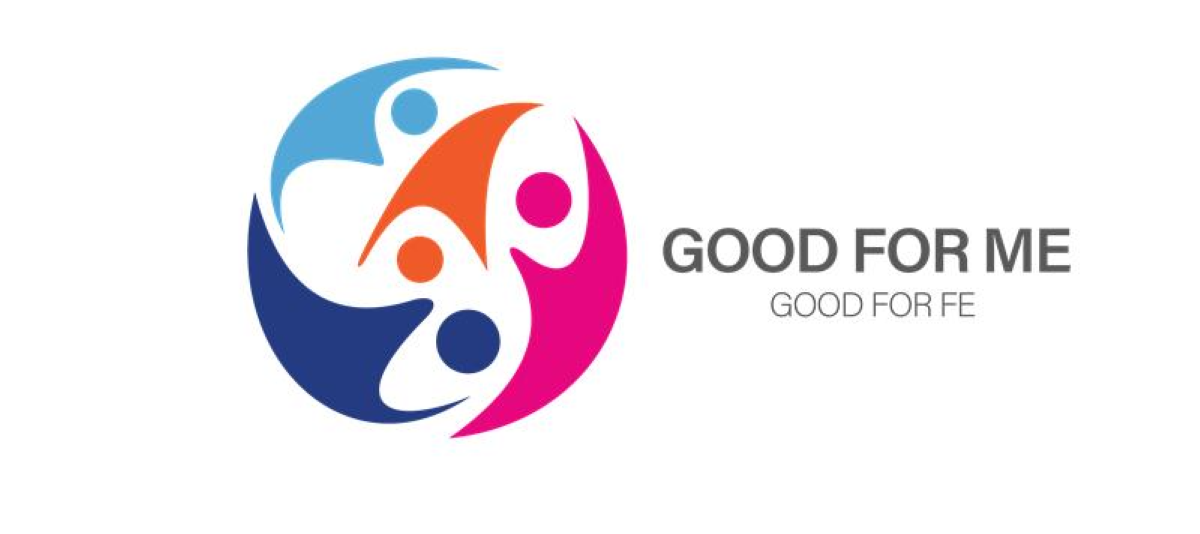Number of disadvantaged students getting a place at university hits record high

As students across the country celebrate their results, 27,600 of UK 18-year-olds from the most disadvantaged backgrounds (POLAR4 Quintile 1) have accepted a place, up 7% on 25,800 last year and on the previous high record of 26,650 (+4%) in 2021.
The picture for progression differs across the UK nations. In England, 22,640 18-year-old applicants from the most disadvantaged backgrounds (TUNDRA quintile 1) have gained a place – the highest on record. In Wales 1,200 of those from the most disadvantaged backgrounds (WIMD2019 quintile 1) have been accepted, down from the peak of 1,250 in 2023. In Northern Ireland 1,000 from the most disadvantaged backgrounds (NIMDM2017 quintile 1) have got a place compared to 1,010 in 2023.
For UK 18-year-olds overall, there are over 10,000 more applicants heading to university or college this September than last year – 243,650 compared to 230,600 (+6%) last year. This means 31.7% of the 18-year-old population have got a place versus 30.4% in 2023.
Today’s figures also show:
- Overall, 425,680 applicants (all ages, all domiciles) have been accepted into university or college – an increase on 414,940 (+3%) in 2023.
- In total, 376,470 students (all ages, all domiciles) have been accepted at their first (UCAS ‘firm’) choice, a 4% increase on last year. This represents 82% of those holding an offer who received their decision this morning up from 79% in 2023.
- The overall number of accepted international students stands at 51,170, in line with 51,210 in 2023. However, accepted applicants from China are slightly down compared to last year – 10,950 (-6%).
- The top three subjects with the largest increase in total placed applicants are engineering and technology (+11% on last year), architecture, building and planning (+9%) and law (+9%).
- Acceptances for UK students (all ages) to nursing have risen slightly compared to 2023, with 18,450 applicants securing a place (up 1%). This still represents a decline from the peak seen during the pandemic.
Dr Jo Saxton CBE, Chief Executive of UCAS, said:
“Today’s figures highlight the tenacity and effort from students who have aimed high and are about to embark on their exciting next steps.
“I’m particularly thrilled to see free school meals students securing a place at university or college in record numbers. I know how important it is to everyone working in education that every student, no matter their background, has the opportunity to reach their full potential. Widening access and participation is not just about numbers; it’s about opening up doors and transforming the lives of students through higher education so they can pursue their passions and career aspirations.
“UCAS is here to help all applicants take their next step, including students who received different results than expected, or those who are looking to change their mind. There are just under 30,000 courses available in UCAS Clearing across a broad range of subjects and universities so there really is something for everyone.”
Lisa Randall, partner and head of higher education at RSM UK, comments:
“The 3% increase of applicants being accepted into universities and colleges this year is positive news for higher education providers, following the dip to 414,940 in 2023. The bounce back will be welcome news for universities and colleges tackling multiple headwinds including financial pressure, uncertainty around policy changes and slowing demand from international students due to visa restrictions.
“The distribution of students will be key to financial sustainability, so converting acceptances, securing further student numbers through clearing and student retention will be pivotal for higher education providers.
“However, to meet the total number of applicants placed after confirmation and clearing last year (493,940), a further 68,080 applicants will need to be secured. There are currently around 30,000 places available in clearing, which indicates competition for clearing places could be high.
“While the UCAS data shows the number of accepted international students remains similar to last year, the number of Sponsored study visas are down 16%, which demonstrates uncertainty around the number of international students that will actually confirm their place.”











Responses